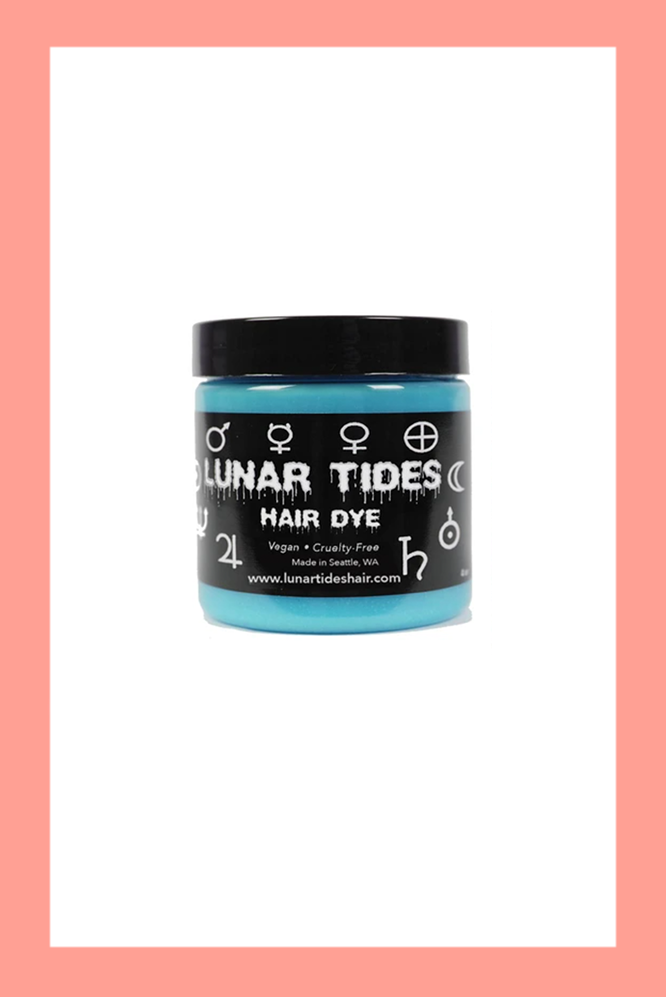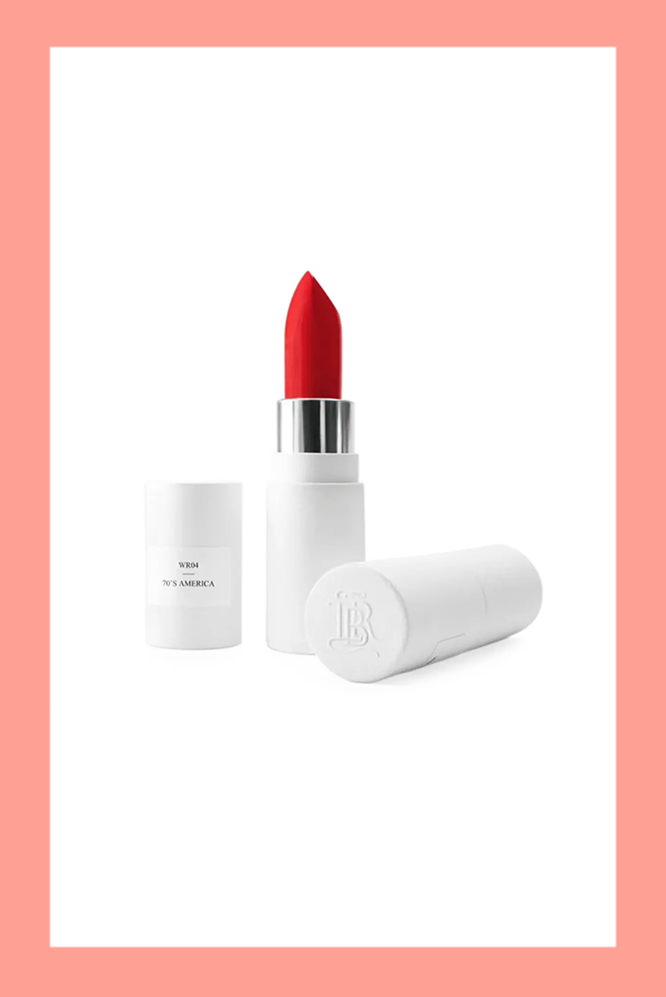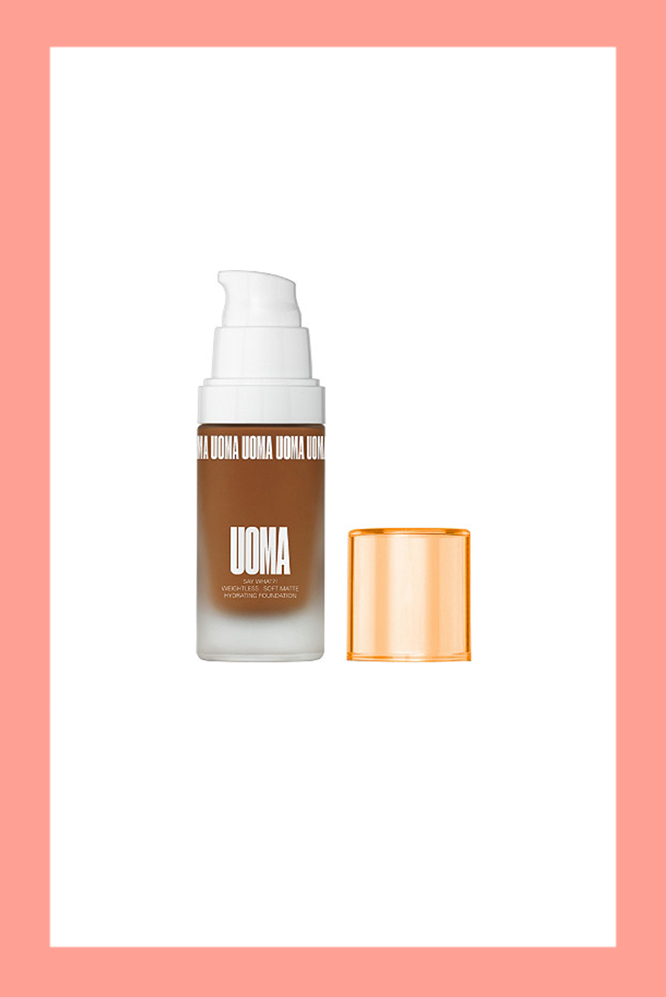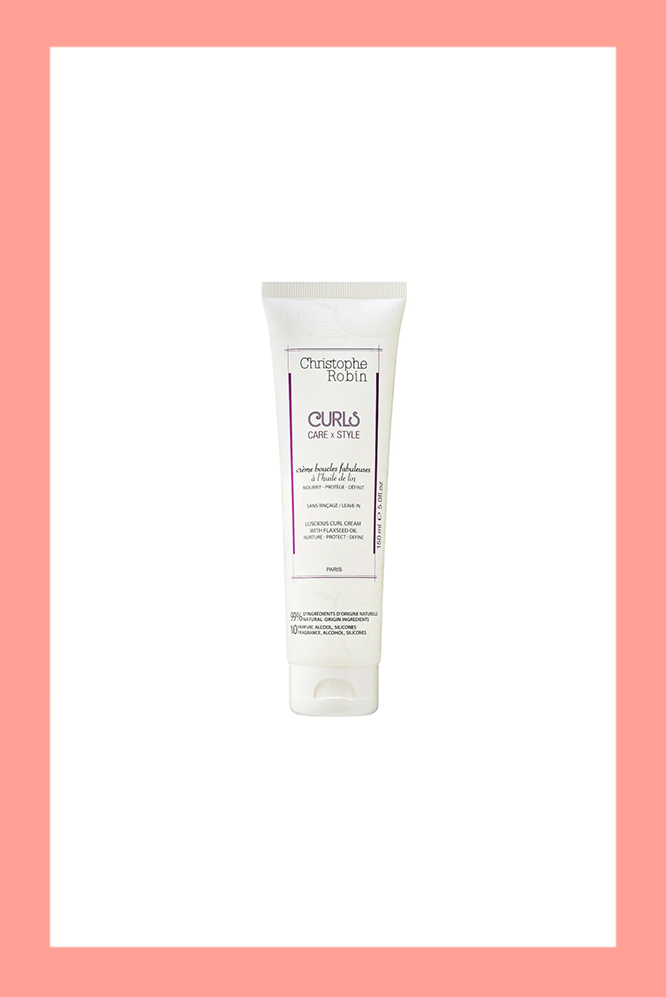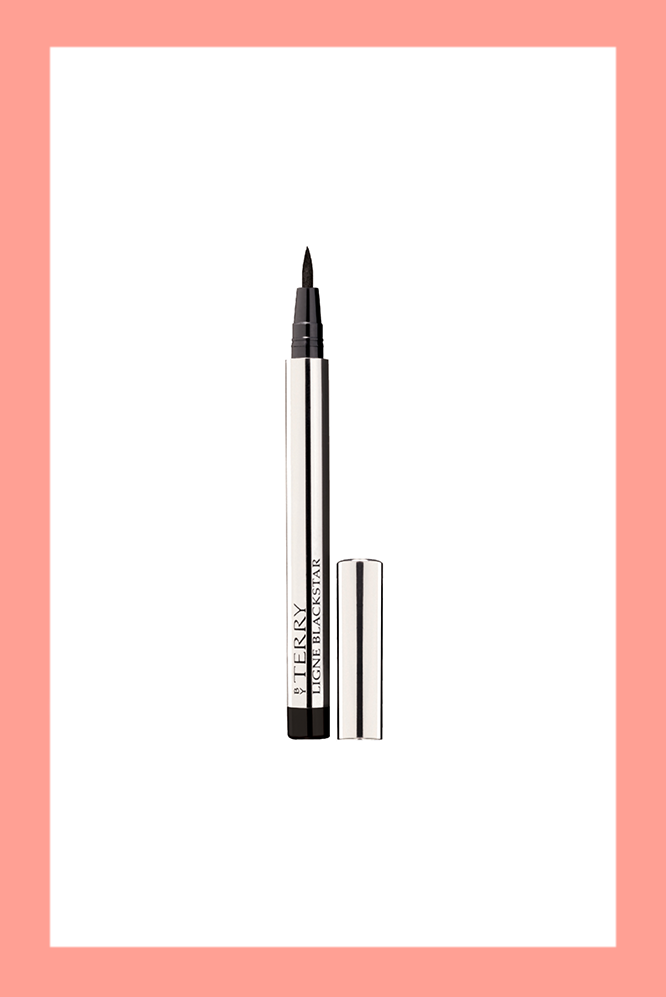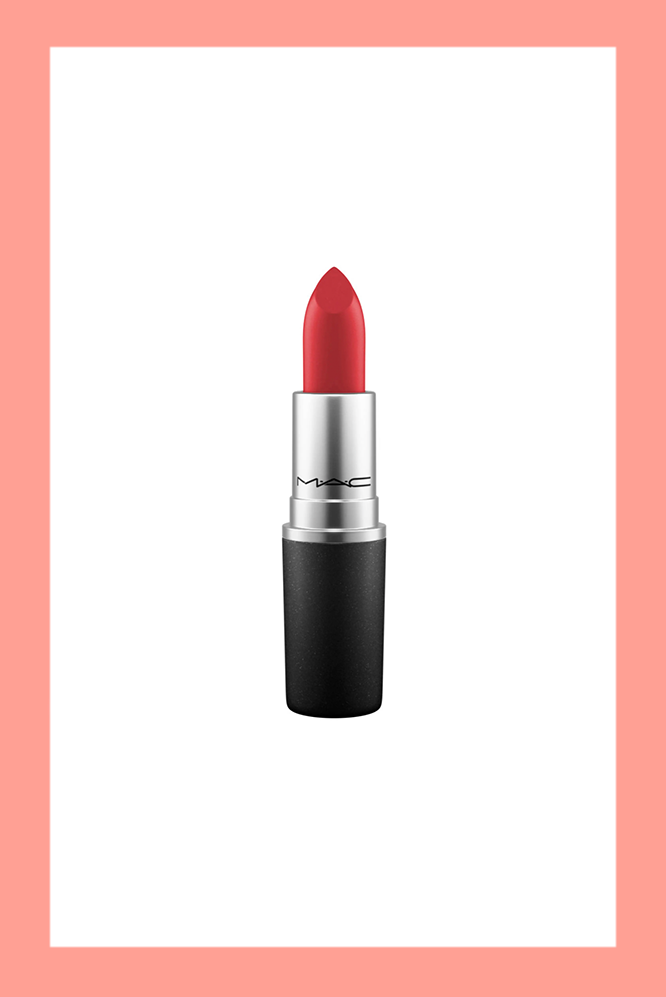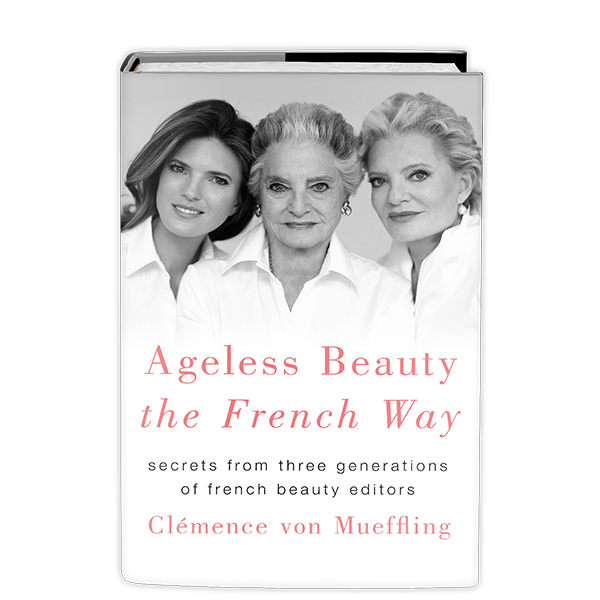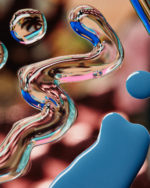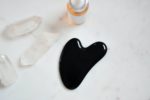
Two Art Historians Explore the Intersectionality of Beauty and Art A Conversation Between Beatrice Del Favero and Reine Okuliar
If you’ve never taken beauty tips from Impressionist paintings, now is a great time to start.
At BWB, we curate a wellness haven for beauty brand founders and self-care experts alike. To start off April, we’ve turned our platform over to two beautiful and brilliant art historians to explore beauty in new ways. Beatrice Del Favero and Reine Okuliar are helping us trace the paint strokes of beauty over time through the eyes of the artist. While normally curating art galleries, archives, or museum collections from Paris to New York, Beatrice & Reine have turned to curating beauty tips & routines from artwork.
If you’ve never taken beauty tips from Impressionist paintings, now is a great time to start. Join the conversation and learn from the OG influencers that explored beauty centuries before the magazines did.
Do you have an example of a beauty ritual that is referred to in a painting?
BDF: Art history offers many wonderful examples of beauty rituals. There is an interesting contrast between representations of beauty rituals as communal activities and representations as one person’s intimate grooming.For example, thetheme of the bathers was central to modern artists inthe late 19th century.
Impressionist painter, Edgar Degas, concentrated on representing nude women at their daily activities. For instance, his subjects would be washing or combing their hair, or even resting for a moment after a bath. The repeated representation of these activities, as opposed to the study of the classical nude referring back to Antiquity guided his stylistic evolution. A sensuality that is both ambiguous and natural emerges from Degas’ bathing scenes. Represented from behind and often faceless, these women seem unaware of our presence. The “keyhole” perspective chosen by the artist turns us into voyeurs. As a result, it reminds us that modernity brought us the luxury of bathing in our own home.

Degas, Edgar. Woman in her Bath Sponging her Leg. 1883-1884, Musée d’Orsay, Paris.
RO: When we undertake a beauty ritual, we generally do so behind closed doors. Sometimes, we may have an accomplice like a hairdresser or beautician. As a result, paintings referring to beauty rituals always give this sense of mischievously entering someone’s intimacy. There are many representations of women at their toilette combing or brushing their hair. Although I am very keen to see my hairdresser again, the painting that comes to mind is Woman in her Bath Sponging her Leg by Edgar Degas. It is such a calm and relaxed scene of a simple ritual that nonetheless exudes well-being. The warmth of the colors makes you immediately feel the warm water. An enchanting stolen moment!
What can we learn about beauty from one of the major art movements?
BDF: What we learn from art in general is that beauty is a universal concept. There are as many different interpretations as there are individuals in this world! The representation of well-being is also an interesting one: sports have been represented in art since the Greeks invented the Olympic Games.
One painting comes to mind every day, however, as I check the step counter on my phone: Nude Descending the Staircase (No.2) painted by Marcel Duchamp in 1913. One may imagine the figure was most likely walking down the stairs to fetch a glass of water rather than to exercise. However, I am fascinated by the artist’s attempt at representing a figure in motion on a canvas. Keep moving: it’s the key to well-being. Well, one of them…

Duchamp, Marcel. Nude Descending the Staircase (No.2). 1913, Philadelphia Museum of Art, Philadelphia.
RO: Such a tricky question for an art historian but also an avid and eclectic art collector. I love living with art, and my walls have all mediums. In fact, my pieces cover a vast period of time from prints by Goya in the 18th century to work by Larry Achiampong and Fanny Parali today. However, I would happily and unsurprisingly add the Mona Lisa. As we talk about beauty, there is something miraculous about Leonardo da Vinci’s achievement. Centuries later, her gaze still enraptures us and her impenetrable smile mesmerizes us. I don’t think I would ever be bored of smiling back at her.

Da Vinci, Leonardo. Mona Lisa. 1503-1506, Louvre, Paris.
If you could recreate a beauty look from one of your favorite paintings, what are the products you would use?
BDF: American artist, Derrick Adams, began an art series known as “Beauty World” in 2019. The series includes large works titled “style variation” of which this image is an example. Adams uses a combination of digital photography and painting to create these arresting images. The paintings explore the visual construction of the human form and its role in shaping identity. Adams comments on Black feminine empowerment through versatile acts of styling, camouflaging and costuming. I would love to experiment with a similar look using makeup and hair dyes. It would be perfect to walk around NYC to celebrate diversity and inclusion.
I would use:
- Lunar Tides Hair Dye in Sea Witch
- La Bouche Rouge Lipstick in Regal Red
- UOMA Beauty Say What?! Foundation
- RMS Beauty Swift Shadow in Garden Rose

Adams, Derrick. Style Variation 33. 2020, Salon 94, New York.
RO: After this year, I am eagerly awaiting an invitation to a Roaring 20’s party! It would also be a fabulous excuse to recreate the look from Tamara de Lempika’s Jeune fille en vert. For my hair, I would use Christophe Robin’s Luscious Curl Cream with Flaxseed Oil. To have shimmering eyes, I would have faith in my Gen Nude Eyeshadow Palette from Bare Minerals. In addition, I will add a black line at the base of my lashes with the by Terry eyeliner. Since I always have the Russian Red matte lipstick by MAC in my purse, the red lips will be the easiest part for me to achieve.

De Lempika, Tamara. Jeune fille en vert. 1927-1930, Musée National d’Art Moderne, Paris.
Feature Image Credit: Eberhard Grossgasteiger
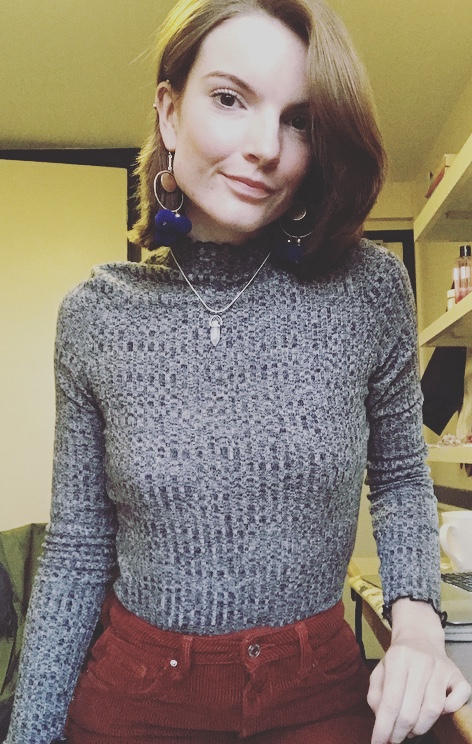
Teresa Deely is a graduate from Columbia University with majors in English and Creative Writing. She is a freelance writer and marketing assistant working for clients in the wellness, jewelry, creative, and sports industries. She believes that one’s skin is yet another canvas and vehicle for art, and has loved styling her hair and applying makeup from a young age. Spending much of her time in educating youth and leading enrichment programs for children, she is highly motivated in discovering new ways to care for herself and sharing them with others.


